I’ve made a good number of sketchnote summaries of books. It’s one of the best ways I’ve found to remember and apply what I’ve read.
While there’s no one right way to make a sketchnote summary of a book, I want to share a few options including my method.
Why sketchnote a book?
Sketchnoting a book is a great way to reinforce what you learned, work out how you will apply its insights, and create a resource for others too.
This is due to the benefits of sketchnoting as well as the process of creating a summary. Both this method and this process help to revisit and entrench information in your head.
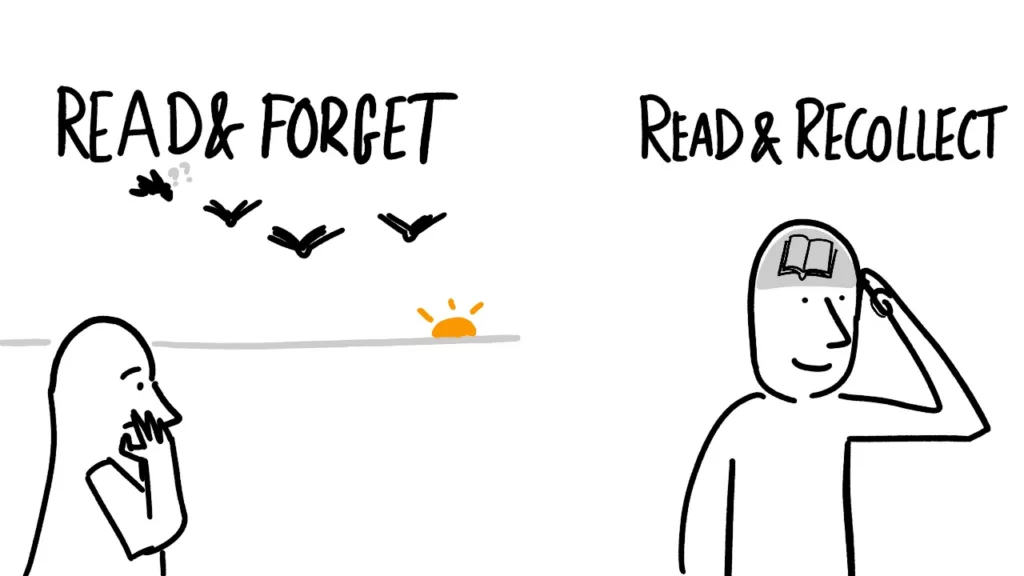
If you are the kind of person who reads plenty of books but can’t remember them a week or two later, you should give this a try.
Key factors for good sketchnote book summaries
Ultimately, the success of a sketchnote is if it helps you remember the book better. But, if you are going to share them with someone else, there are other factors that you should consider. Most are common to all sketchnotes, but some are unique to book summaries.
- Is it legible and easy to read
- Is there a clear central theme
- Can a person follow the flow of information and find what parts relate to other parts
- Is there sufficient space between elements to separate them
- Will someone who hasn’t read the book know all the core ideas after looking at the sketchnote
- Does the layout enhance the message of the sketchnote, not distract from it
Ideally, a great sketchnote summary should leave a viewer wanting to read the book and not include every single detail. However, some nonfiction books can indeed be summarised in a single sketchnote and don’t need 300 pages for a few ideas!
Want to start sketchnote? Check out the free, ultimate guide to sketchnoting to master the basics.
The top 3 strategies for creating a sketchnote summary of a book

1. Read, digest, and sketchnote
The first approach is just to read the book, let it sit for a while and then make one sketchnote summarising the key thoughts you have from the book.
If you want, you can take notes in your normal way (such as highlighting parts of the book or jotting notes in a notebook) so you can remember or find key points later.
The strength of this approach is you get the big picture in your head before you start creating.
This helps with picking a great sketchnote layout as well as seeing connections between ideas in the book that may be quite far apart. Plus, you can focus on the points that are most applicable to you and remember the most clearly so it’s a more personal sketchnote.
The downside is you have to remember a lot before you start creating a sketchnote.
2. Sketchnote as you go
You could create a sketchnote as you go through the book.
This would be the same as you might for a talk and so you are likely to encounter the same main problem that you get with talks: predicting how much space you’ll need for each idea.
If you use a tool like concepts with an infinite canvas and vector images, that’s not a problem. But you may spend a lot of time adjusting elements to make them fit and have the right hierarchy.
The other temptation is to include too many details.
While details matter, too many can be overwhelming and hide the key points. By sketchnoting at the end of a book, you have the big picture in your head and the key lessons for you. That means you can more easily select what you need.
3. Make individual sketches as you go (for example on Post-its)
This is the approach I’ve seen Doug Neil and Kumar of LetsSketch use.
It’s also the approach I’m trying with my sketchnote summary of Ali Abdaal’s Feel Good Productivity.
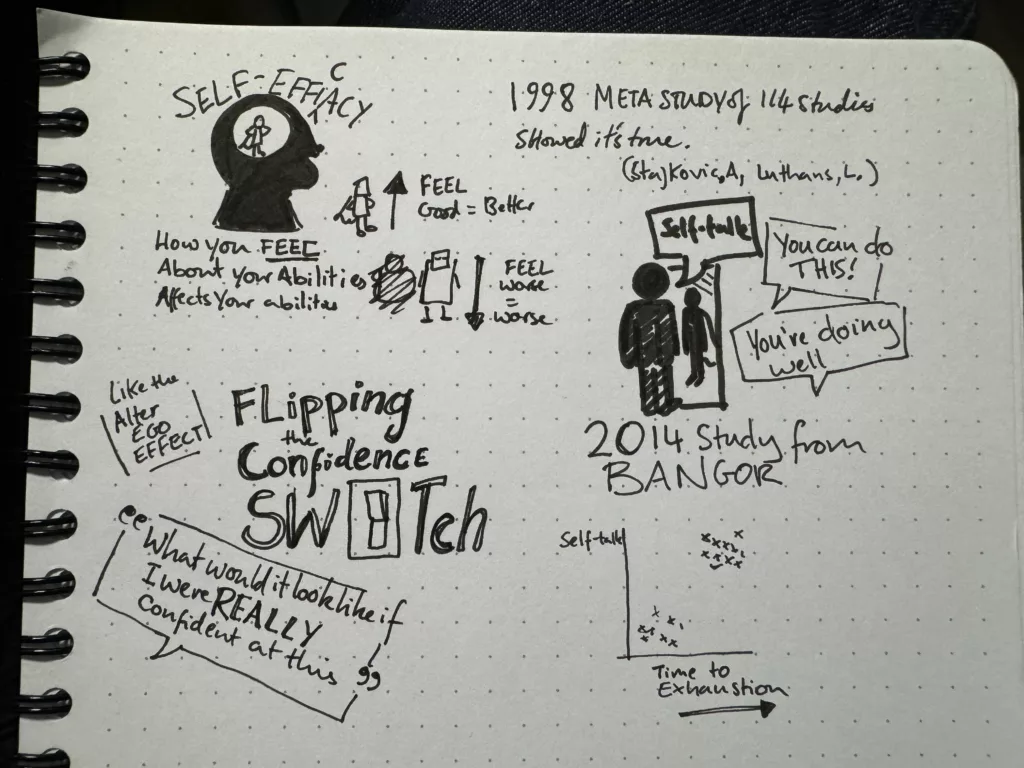
They make individual sketches of key points as they go and then make a summary sketchnote at the end. The advantage of this approach is you gain the benefits of visual thinking during the process and at the end.
Plus, you have individual points that you can take out and apply elsewhere.
Very like the Zettlekasten approach.
It does, however, take more time.
Plus I’ve noticed that I can get too focused on small points rather than the big picture with this approach.
Overall, I think this has the most strengths but you need to work out the right system for it, which brings me to my current approach.
My approach to making sketchnote summaries of books
Pick the right book
Before even starting to read, I want to make sure I read the right things.
This is always tricky and impossible to get 100% right. Some highly praised books aren’t right for me (or for this moment) so quitting a bad book is okay.
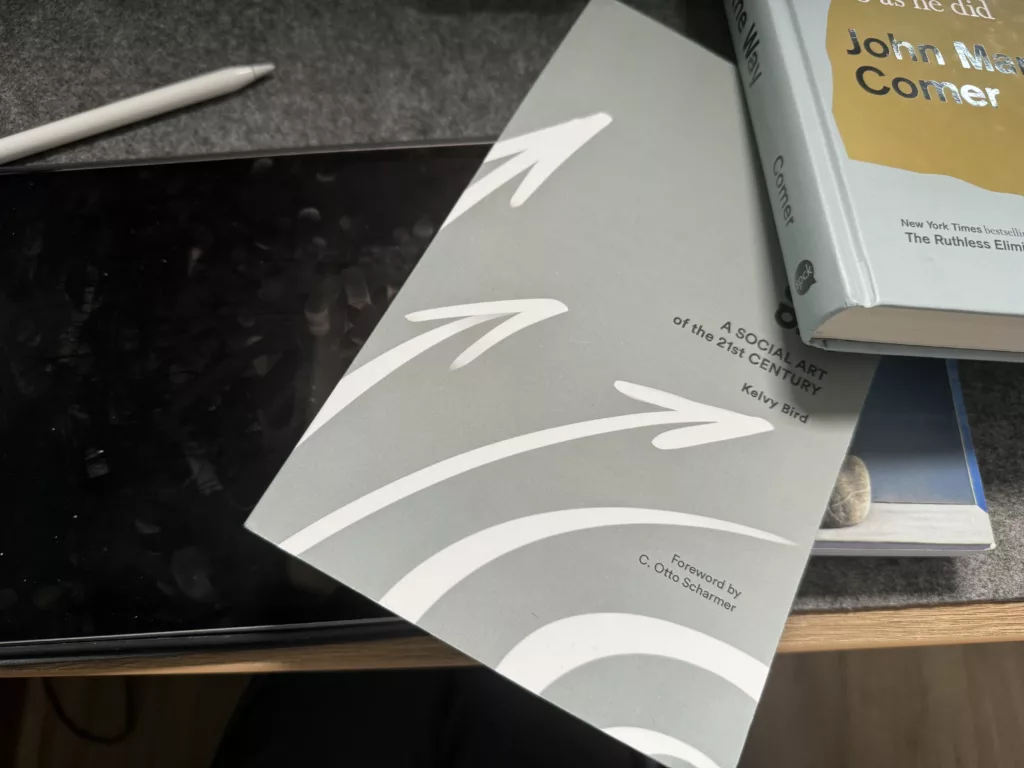
To guide me, I try to pick books that provide answers or insights to a problem I dealing with right now. The more applicable, the more I’m able to take in.
Reading general interest is good too, it can spark many wonderful unexpected ideas, but it’s more likely to be forgotten too.
Prepare to read
Before I read I want to set some goals and questions as well as making some predictions.
This is to activate my existing knowledge and help new ideas fit into my reference points.
My questions include
- Why do I want to read this book?
- What is the main idea of the book?
- What challenges or questions do I have that the book can help address?
I don’t have to get these points right, but it can help me notice key ideas of the author as well as insights that appl to my situation from the book.
Read effectively
You can only summarise what you’ve read and understood. So my first action is to make sure I get the most out of my reading.
I do this using several principles of desirable difficulties and effective learning methods like the Feynman technique. Here are my key steps:
Read a large section of a book (a chapter or sub-chapter)
Don’t take notes to take advantage of the “desirably difficulties” effect. Make a note by the side if there’s a number or statistic to quote.
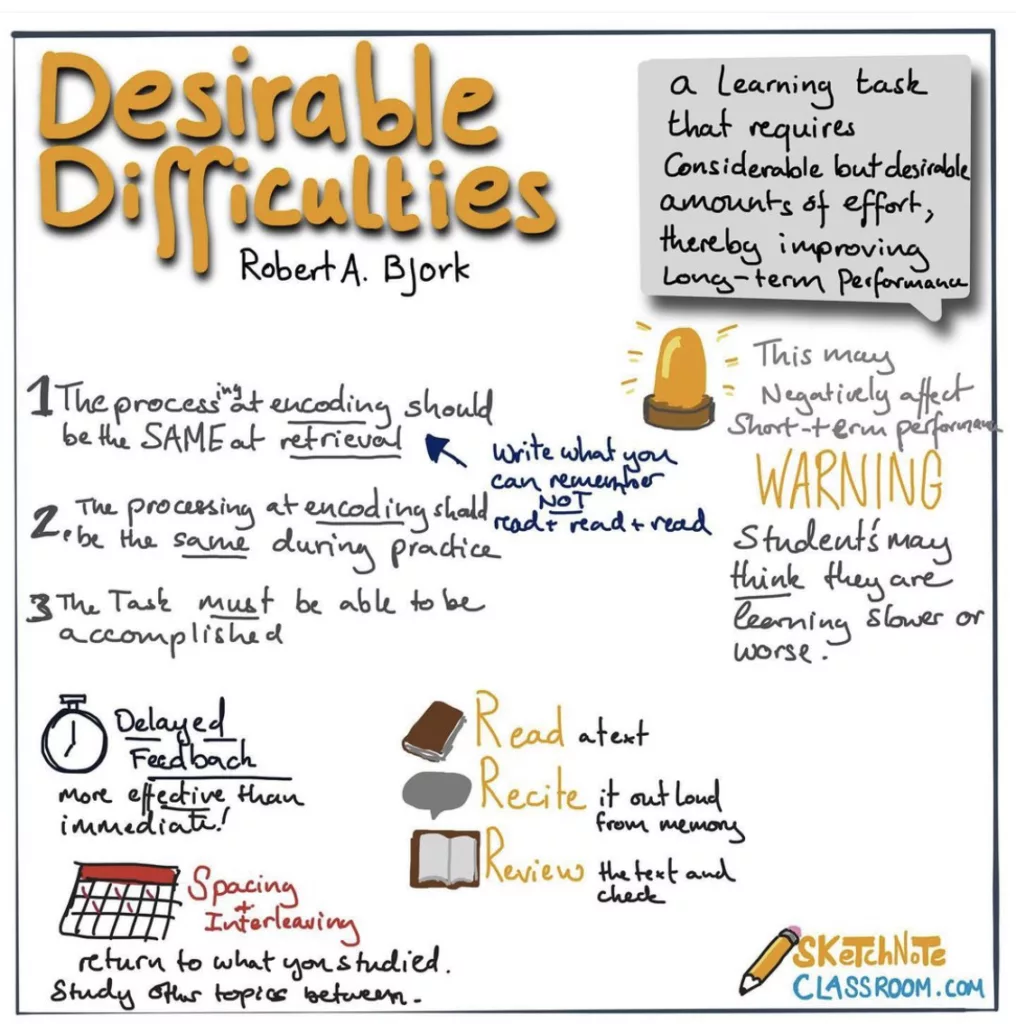
Make a visual note summarising a key point from that section.
If there are multiple, make a visual for each point. Ideally, do this on index cards, if you don’t have them, use a notebook.
Go back and check you got the main point.
At this point, I want to skim through paying attention to my margin notes to see if I missed any details or got some information wrong.
Add any missing details
If anything was missing or wrong, I replace it from memory without checking the official record. The only exception is for direct quotes.
Repeat for the whole book
I go through the whole book following this process.
Identify the big idea
Every good book has a big idea that unifies the smaller points into one.
It might just be a general topic even then, the author will have a distinct perspective put forward. Identifying this is key to making a compelling sketchnote.
Sum up the key message of the book in one or two sentences
Take a moment and write out the key message. If you are doing a digital sketchnote you can just jot this down on a layer that you can hide.
Identify visuals that highlight this main message
Some of your sketches will be more relevant to you and less relevant to the main message of the book. That’s just the nature of a giant sketchnote. It’s important to find the most central points that you have and can add to this sketchnote.
8. If you have index cards, practice arranging them in a potential layout.
Index cards (or small sketches in an infinite canvas app) are a great way to mess around with a potential layout, finding connections and exploring. Try moving them around and finding what system would work best.
Also, consider what layout represents the ideas of the book best.
Create the sketchnote
After all those prep stages, it’s time to compose the final sketchnote.
This should be easier now you’ve done all this prep work and spent a while thinking about the big picture.
One of the best moments at this stage is when I come across an old icon and realise there’s a far better way to represent it.
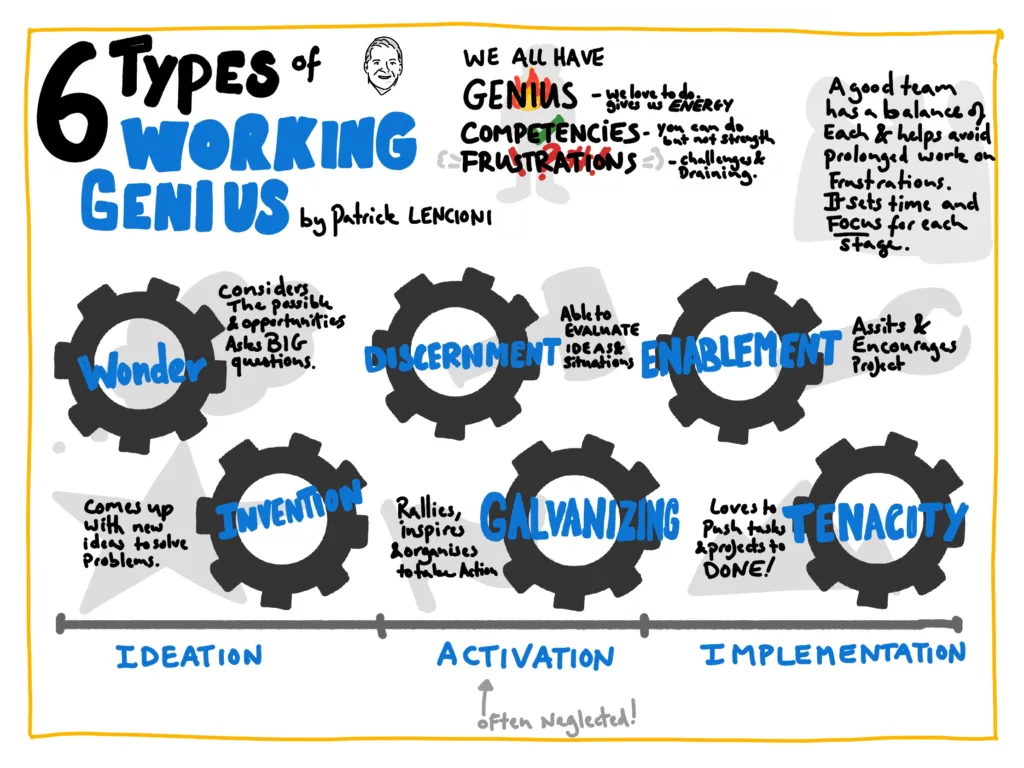
Get feedback
Before sharing with everyone, I like to get feedback from a couple of close friends.
It’s a chance to make sure things look good and the information is clear. Ideally, I pick someone who has read the book and someone who hasn’t read it to see their different perspectives. Sometimes they mention a point I neglected or they highlight something I thought was clear, but wasn’t.
Share with everyone
I share my book summaries with a written summary on my blog.
By this point, the written summary is easy as I know all the themes and ideas from my sketchnote. Typically, I can add in an idea or figure that I didn’t have space for in the sketchnote.
Once I hit publish, I have a tool that reshares it onto social media platforms multiple times over the next 12 months. This allows me to promote it without having to think much.
Ready to give it a go
I hope this has whet your appetite.
If it all seems too much, then just start with the simple approach: pick a book you enjoyed and make a sketchnote of its key points.

